Years 5 and 6
The Year 5 and 6 curriculum supports students to develop knowledge, understanding and skills to create opportunities and take action to enhance their own and others' health, wellbeing, safety and physical activity participation. Students develop skills to manage their emotions, understand the physical and social changes that are occurring for them and examine how the nature of their relationships changes over time.
The content provides opportunities for students to contribute to building a positive school environment that supports healthy, safe and active choices for everyone. Students also explore a range of factors and behaviours that can influence health, safety and wellbeing.
Students refine and further develop a wide range of fundamental movement skills in more complex movement patterns and situations. They also apply their understanding of movement strategies and concepts when composing and creating movement sequences and participating in games and sport. Students in Years 5 and 6 further develop their understanding about movement as they learn to monitor how their body responds to different types of physical activity. In addition, they continue to learn to apply rules fairly and behave ethically when participating in different physical activities. Students also learn to effectively communicate and problem-solve in teams or groups in movement settings.
Focus areas to be addressed in Years 5 and 6 include:
- alcohol and other drugs (AD)
- food and nutrition (FN)
- health benefits of physical activity (HBPA)
- mental health and wellbeing (MH)
- relationships and sexuality (RS)
- safety (S)
- challenge and adventure activities (CA)
- fundamental movement skills (FMS)
- games and sports (GS)
- lifelong physical activities (LLPA)
- rhythmic and expressive movement activities (RE).
(source: www.australiancurriculum.edu.au)
Achievement Standard
By the end of Year 6, students investigate developmental changes and transitions. They explain the influence of people and places on identities. They recognise the influence of emotions on behaviours and discuss factors that influence how people interact. They describe their own and others’ contributions to health, physical activity, safety and wellbeing. They describe the key features of health-related fitness and the significance of physical activity participation to health and wellbeing. They examine how physical activity, celebrating diversity and connecting to the environment support community wellbeing and cultural understanding.
Students demonstrate fair play and skills to work collaboratively. They access and interpret health information and apply decision-making and problem-solving skills to enhance their own and others’ health, safety and wellbeing. They perform specialised movement skills and sequences and propose and combine movement concepts and strategies to achieve movement outcomes and solve movement challenges. They apply the elements of movement when composing and performing movement sequences.
(source: www.australiancurriculum.edu.au)
- Plus Plan
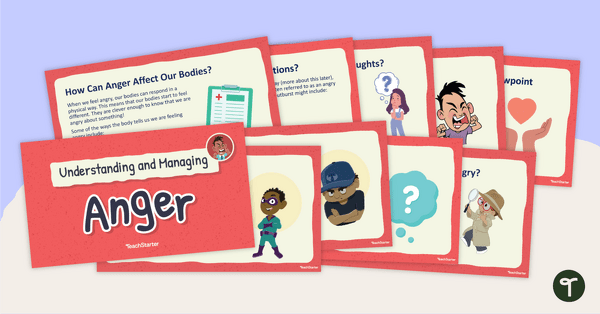
Understanding and Managing Anger Teaching Presentation
Teach your students about angry feelings with this comprehensive guide to understanding and managing anger.
- Plus Plan
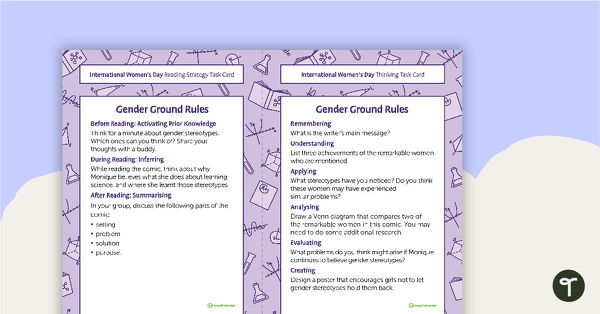
International Women's Day Gender Ground Rules – Task Cards
A set of literacy rotation task cards to be used in conjunction with the International Women's Day comic Gender Ground Rules.
- Plus Plan
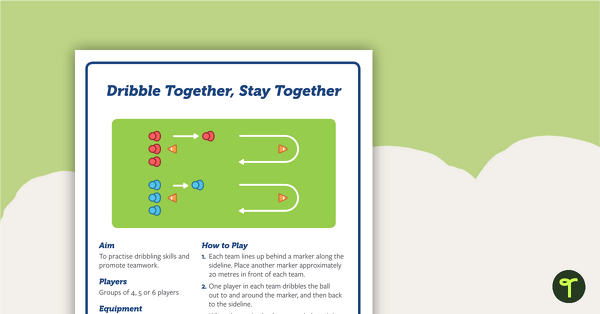
Soccer Coaching Drills - Task Cards
A set of 10 task cards containing drills and activities to develop soccer skills.
- Plus Plan
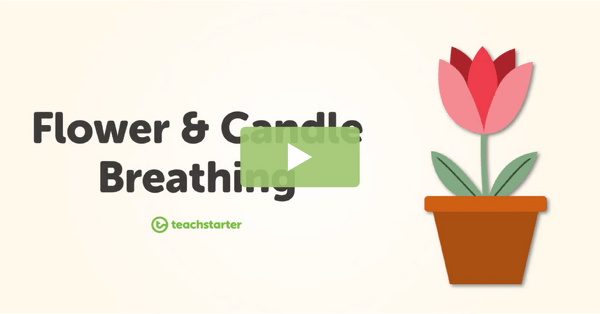
Flower and Candle Breathing Video
Teach your students flower and candle breathing as a brain break, stress management strategy or mindfulness activity.
- Plus Plan
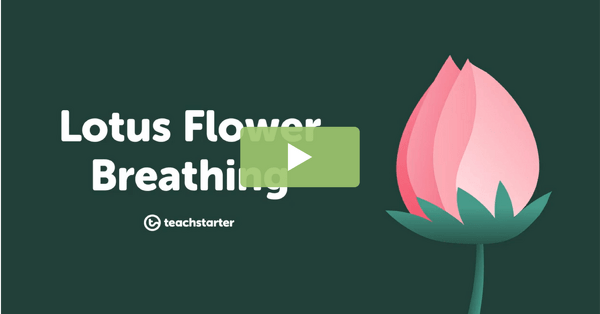
Flower Breathing Video for Kids
Teach students to cope with stress with a flower breathing video created to use with kids in the classroom.
- Plus Plan
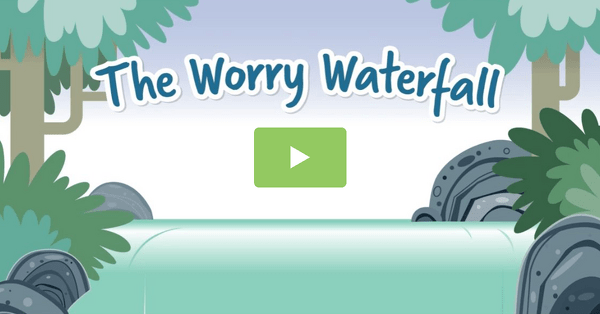
The Worry Waterfall Video
Help your students recognise and manage feelings of stress and unease using The Worry Waterfall.